HS2 Ltd has revealed the design for the new state-of-the-art maintenance hub, which will house the people and equipment that will keep the first phase of HS2 running smoothly and efficiently.
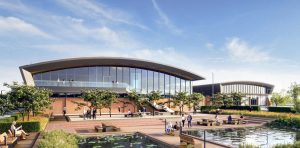
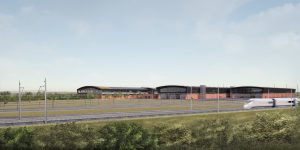
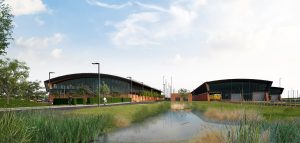
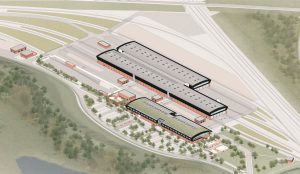
Positioned halfway between Calvert and Steeple Claydon where HS2 will cross the rebuilt East-West Rail line, the depot will include workshops, offices, storage and training facilities as well as a base for the British Transport Police.
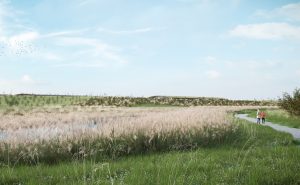

A large area of landscaping and new woodland planting will screen the depot from the nearby village of Steeple Claydon, with around 15,000 trees and 20,000 shrubs set to be planted amid new woodland paths, ponds and other wildlife habitats.
Iain Smith, HS2 Ltd’s Systems Delivery Director said:
“HS2 will dramatically improve connectivity and rail capacity while offering zero carbon journeys from day one. The maintenance depot at Calvert will be at the heart of that operation – keeping the new railway running smoothly every day. That’s why it’s great to see the new designs and I look forward to hearing the feedback from the local community.”
The depot will operate 24 hours a day, 7 days a week with landscaping to block noise and light. A fleet of dedicated On-Track Maintenance trains will be based at the depot, accessing the mainline at night – while the HS2 trains are not running – to maintain the track and systems. Connections to East-West Rail will also allow heavy equipment and materials to be delivered to the depot by rail.
The depot is being designed by HS2’s design contractor WSP, working with architects Grimshaw and Grant Associates. The earthworks are being delivered by HS2’s main works contractor EKFB, a team made up of Eiffage, Kier, Ferrovial Construction and BAM Nuttall. A separate contractor will be appointed to build the depot.
During the design process, the size of the depot has been cut by 33% with the track layout reduced and simplified in order to speed up construction and cut disruption for the community. This smaller footprint also means that there will be 600,000 cubic metres less excavation required.